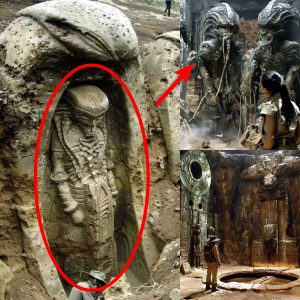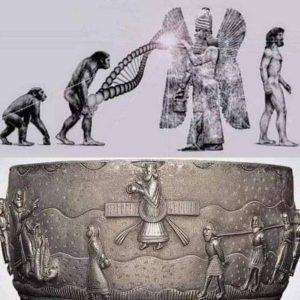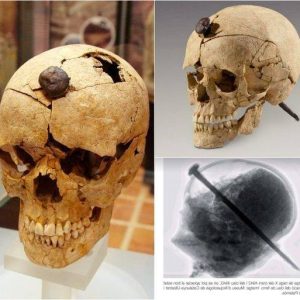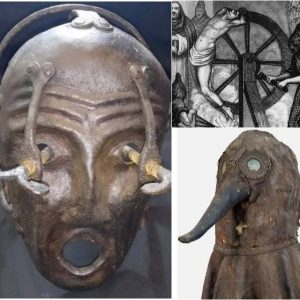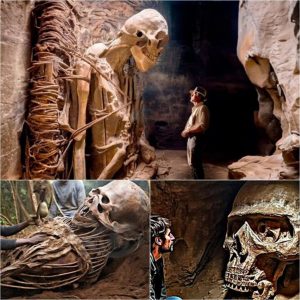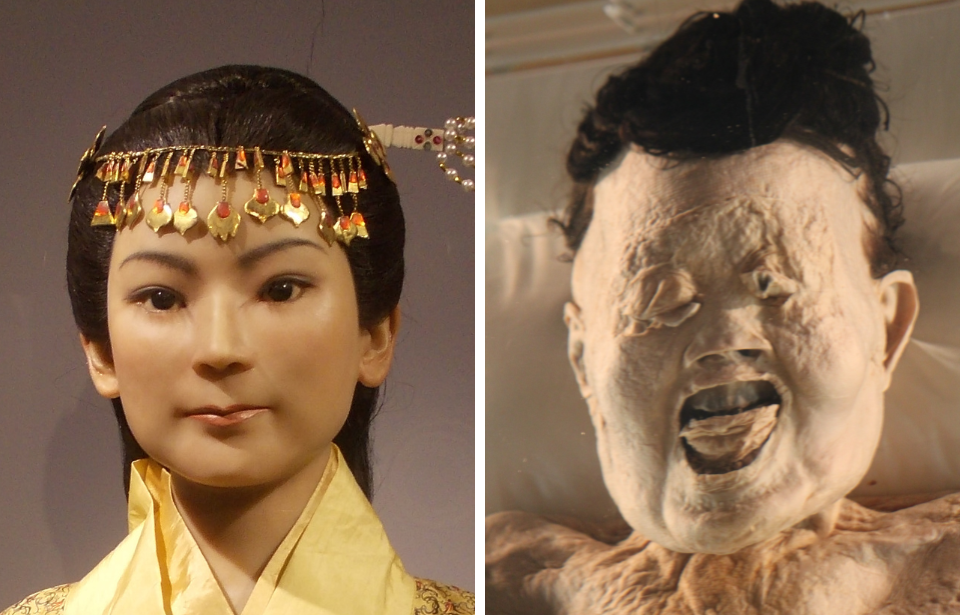
The discovery of Xin Zhui, known as the Lady of Dai, offers an unparalleled glimpse into ancient Chinese mummification techniques and the opulent lifestyle of the Han Dynasty elite. Her remarkably preserved body, unearthed in 1971 near Changsha, China, is often hailed as the most well-preserved ancient human remains ever found, with her skin, hair, and internal organs still largely intact after over 2,000 years.
The Discovery
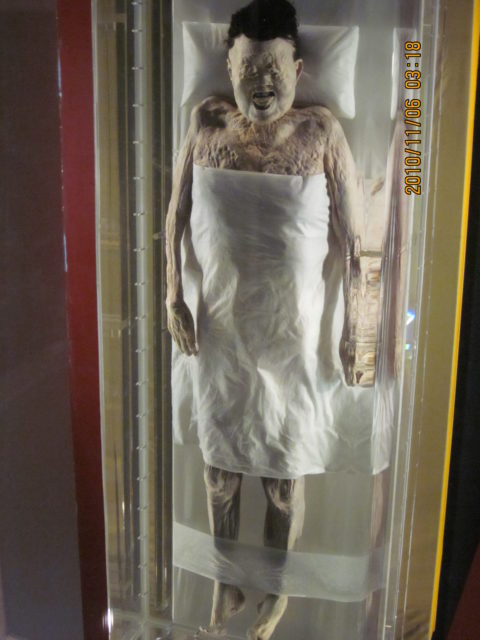
The tomb of the Lady of Dai was accidentally discovered by workers near an air raid shelter, leading to one of the most significant archaeological finds in China. Buried 40 feet underground, her body was encased in a series of four nested coffins, tightly wrapped in 20 layers of silk, and submerged in a mysterious liquid that likely played a key role in her preservation.
Preservation Techniques
The extraordinary state of Xin Zhui’s remains is attributed to the advanced mummification techniques employed. Her body was found in a mildly acidic liquid containing magnesium, which, combined with the airtight conditions of her tomb, prevented decay. Charcoal and clay further sealed the tomb, maintaining a moisture-free environment that kept bacteria and oxygen at bay.
The Mummy’s Condition
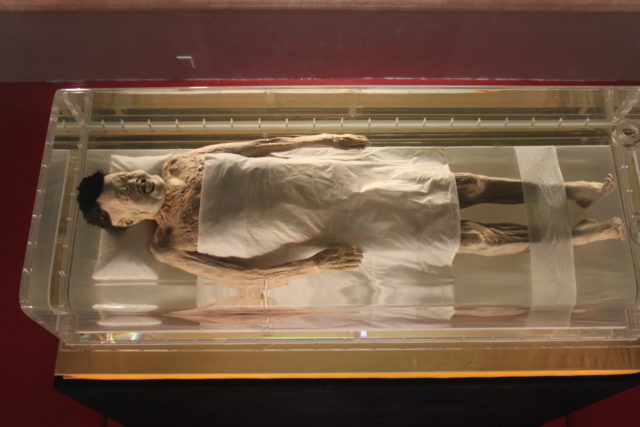
Xin Zhui’s body exhibits features astonishingly similar to a recently deceased individual. Her skin remains soft and elastic, her joints are still flexible, and her hair, eyebrows, and eyelashes are intact. Incredibly, blood vessels in her body still contained Type A blood, and undigested melon seeds were found in her stomach and intestines, suggesting she died shortly after a meal.
Lifestyle and Health
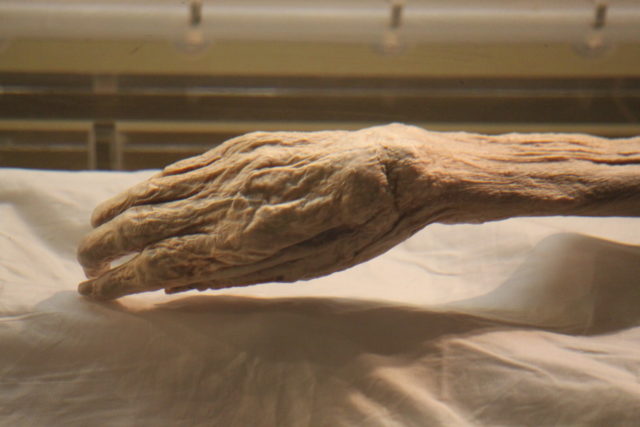
The Lady of Dai lived a life of luxury, as evidenced by the artifacts found in her tomb, including silk garments, cosmetics, and a variety of food items. However, this opulence came at a cost. An autopsy revealed she suffered from numerous health issues, including obesity, diabetes, high blood pressure, and coronary artery disease, leading to her death at around 50 years old from a heart attack.
The preservation of Xin Zhui provides invaluable insights into the diet, medical knowledge, and funerary practices of the Han Dynasty. Her tomb also contained a wealth of information about the period’s agriculture, cuisine, and daily life, making it a treasure trove for historians and archaeologists.
Xin Zhui’s mummy is displayed at the Hunan Provincial Museum, continuing to captivate researchers and the public alike with its almost miraculous preservation and the window it offers into ancient Chinese civilization.
By understanding the meticulous mummification process and the lifestyle of the Lady of Dai, we gain a deeper appreciation of the scientific and cultural advancements of ancient China. Her preserved body remains a testament to the ingenuity of Han Dynasty mortuary practices and the rich history they left behind.
